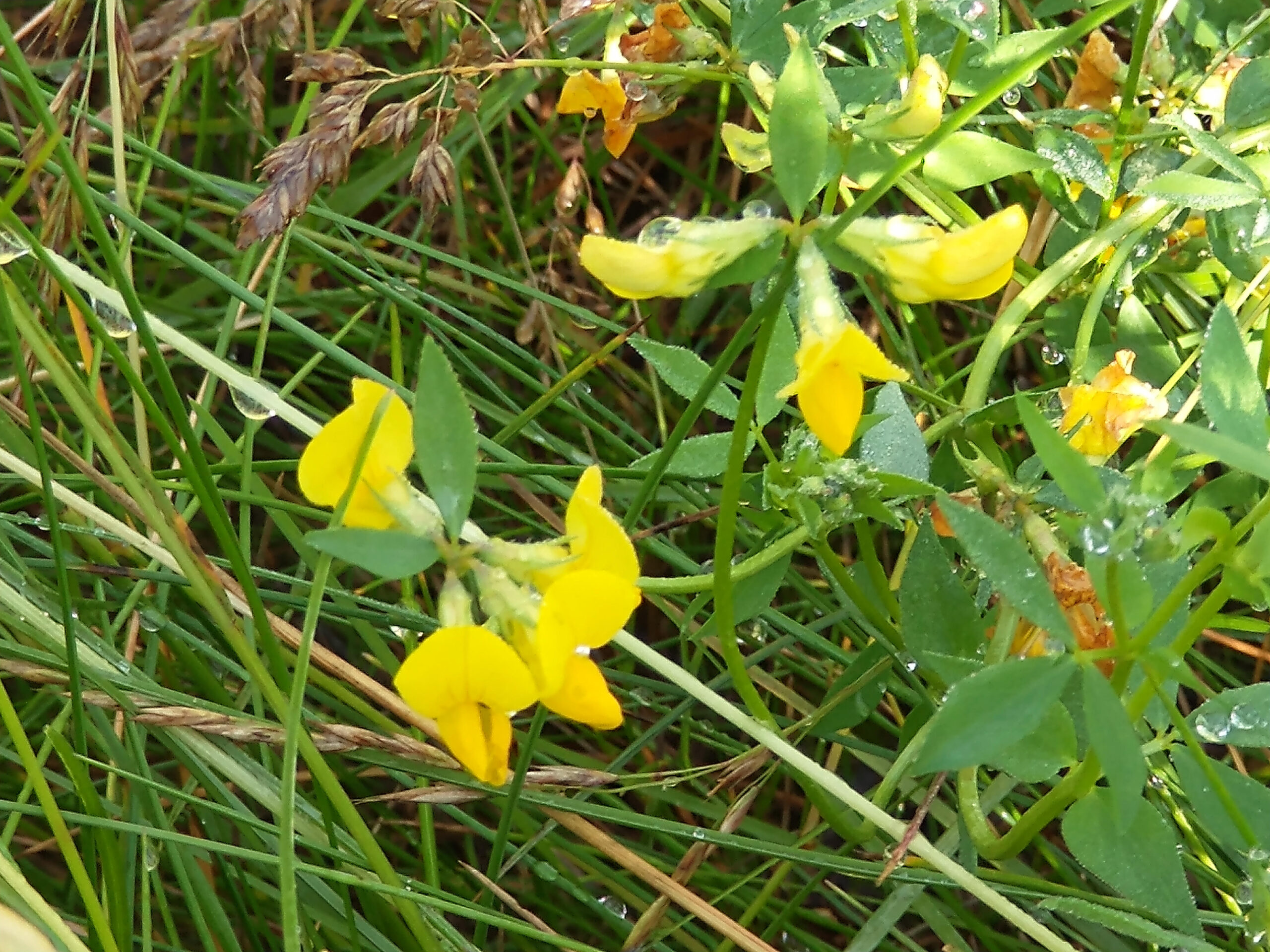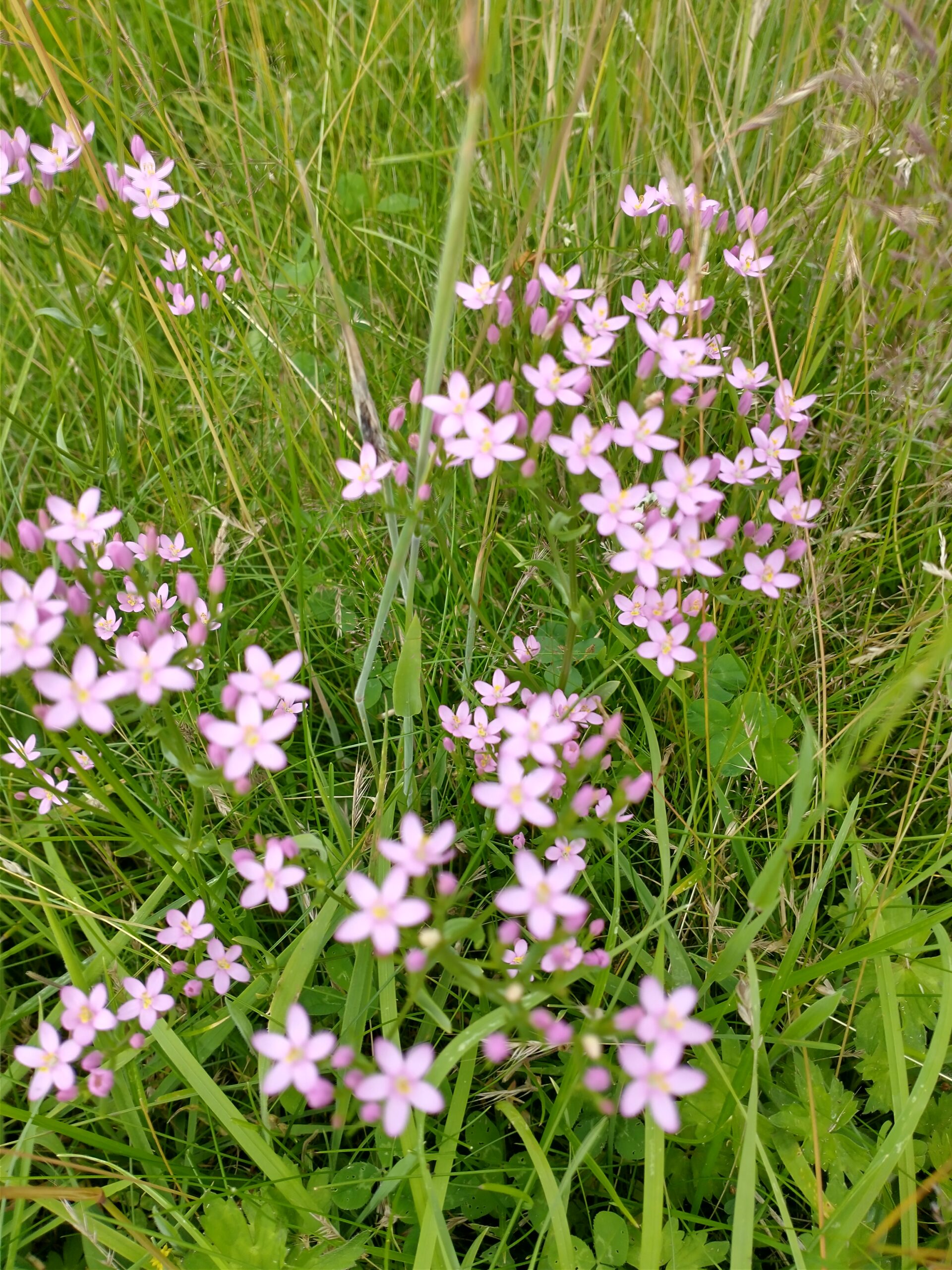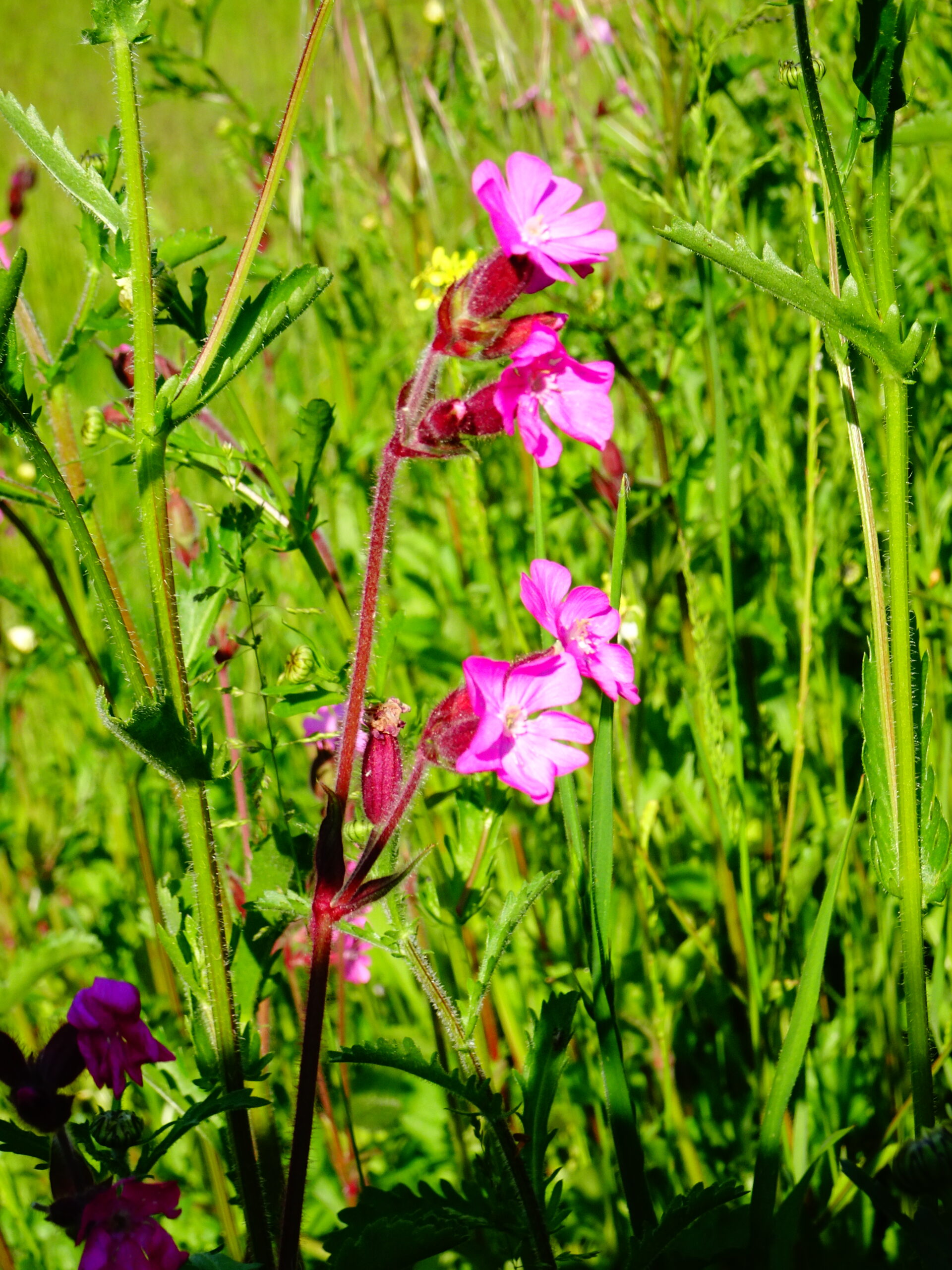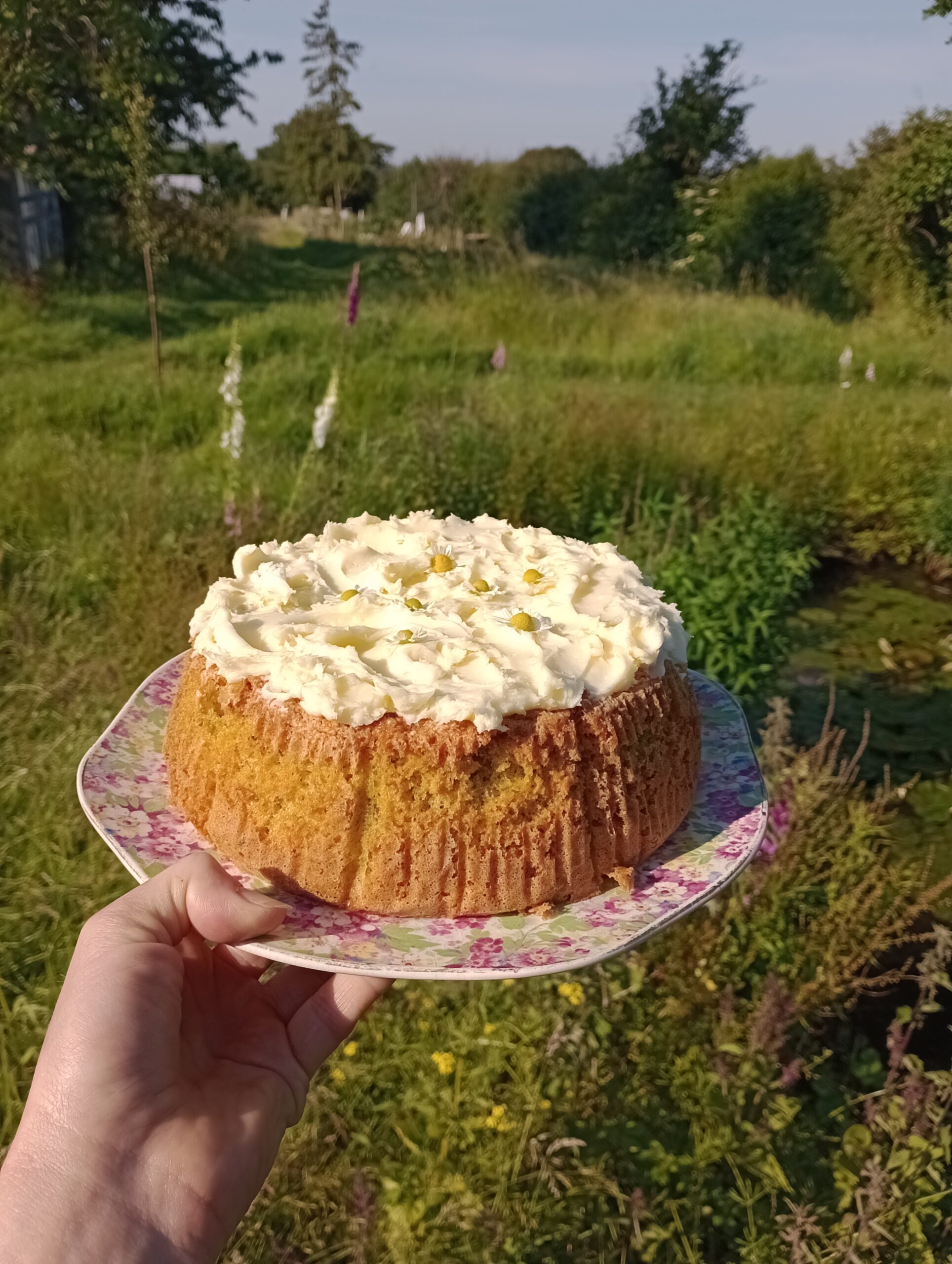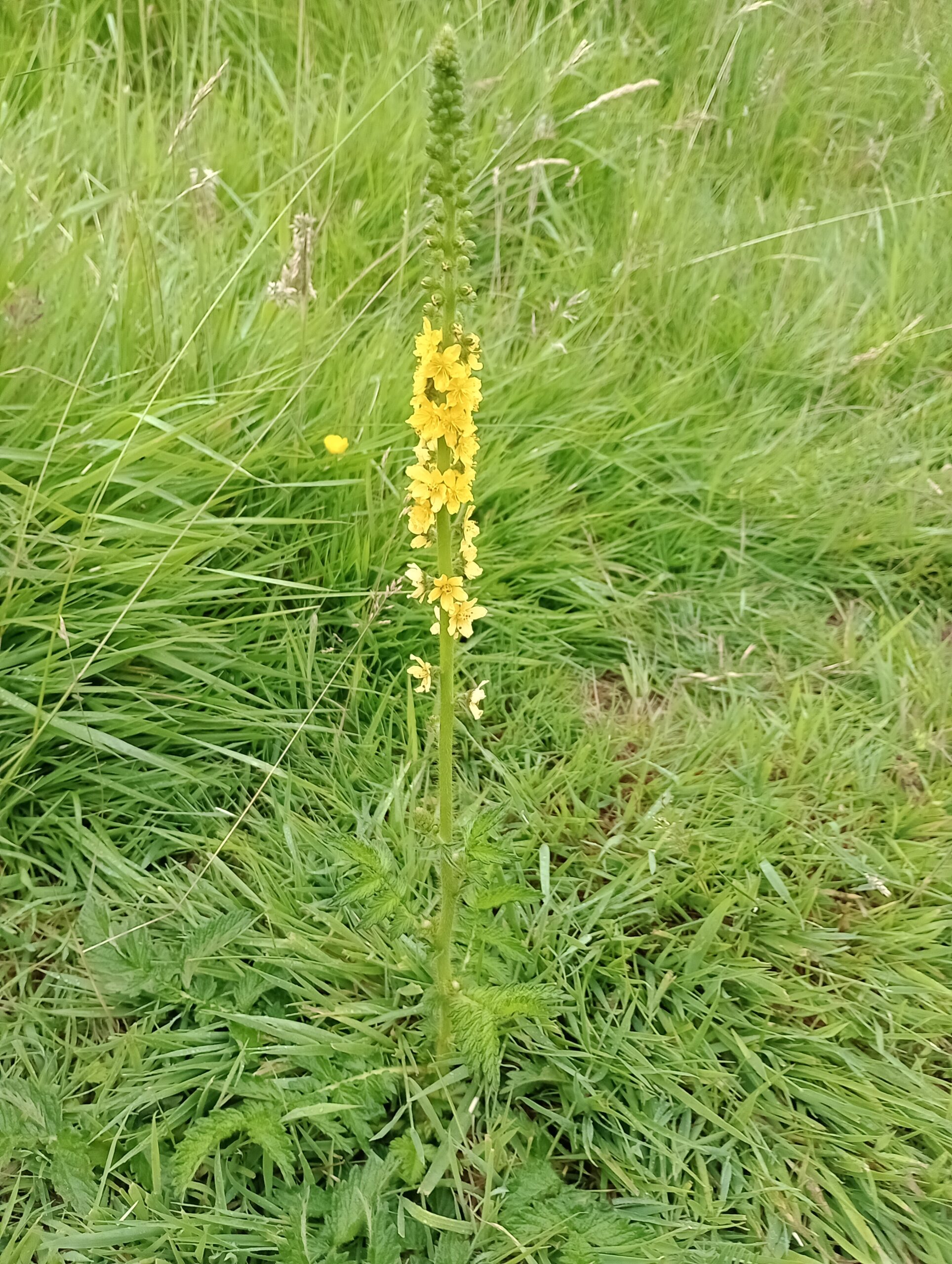
Surveying the Outback's Flora

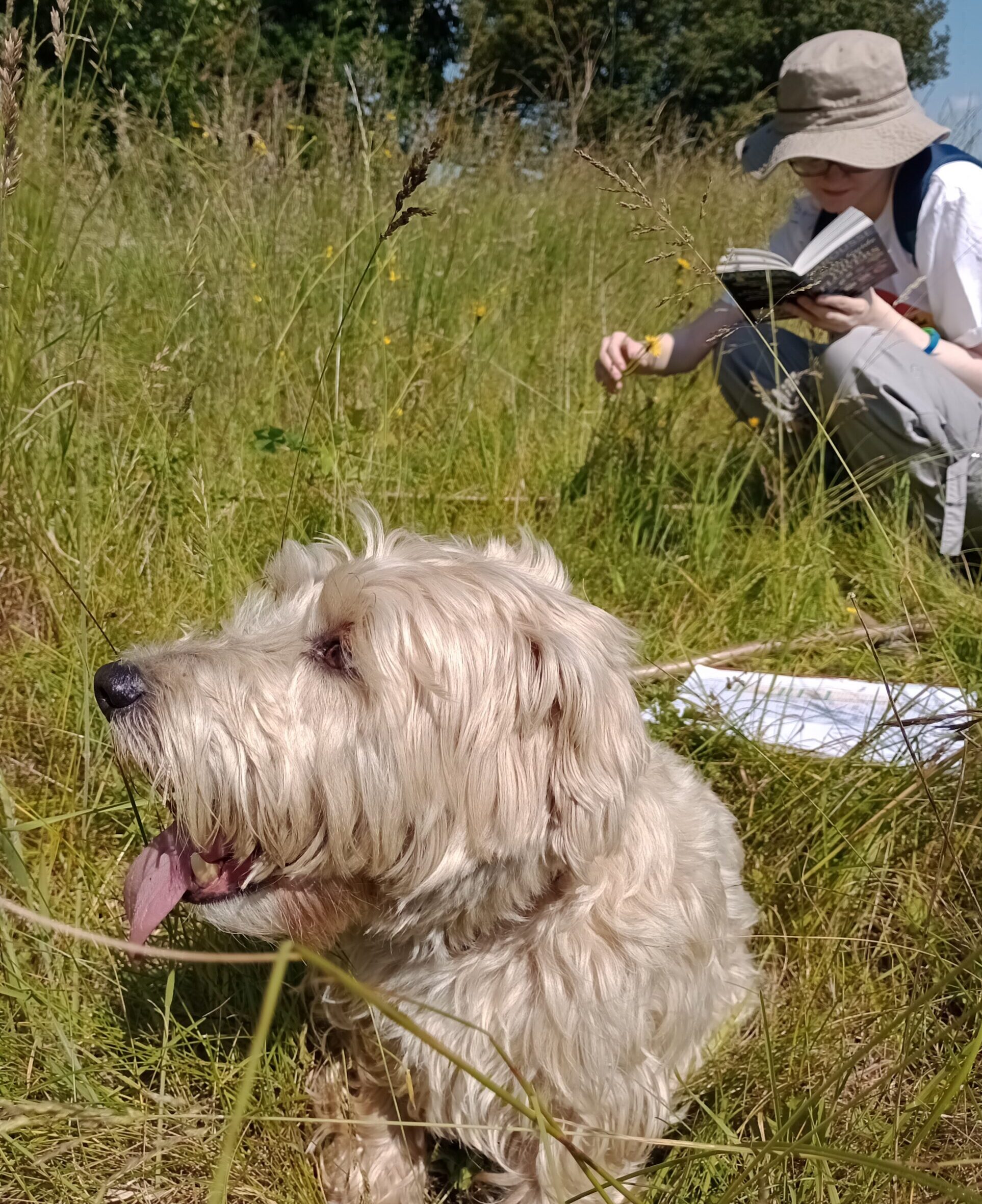
This is the second year of the survey, and again I owe a big thank-you to our great volunteers who in return for cake, spend an hour identifying plants in the hot sunshine!
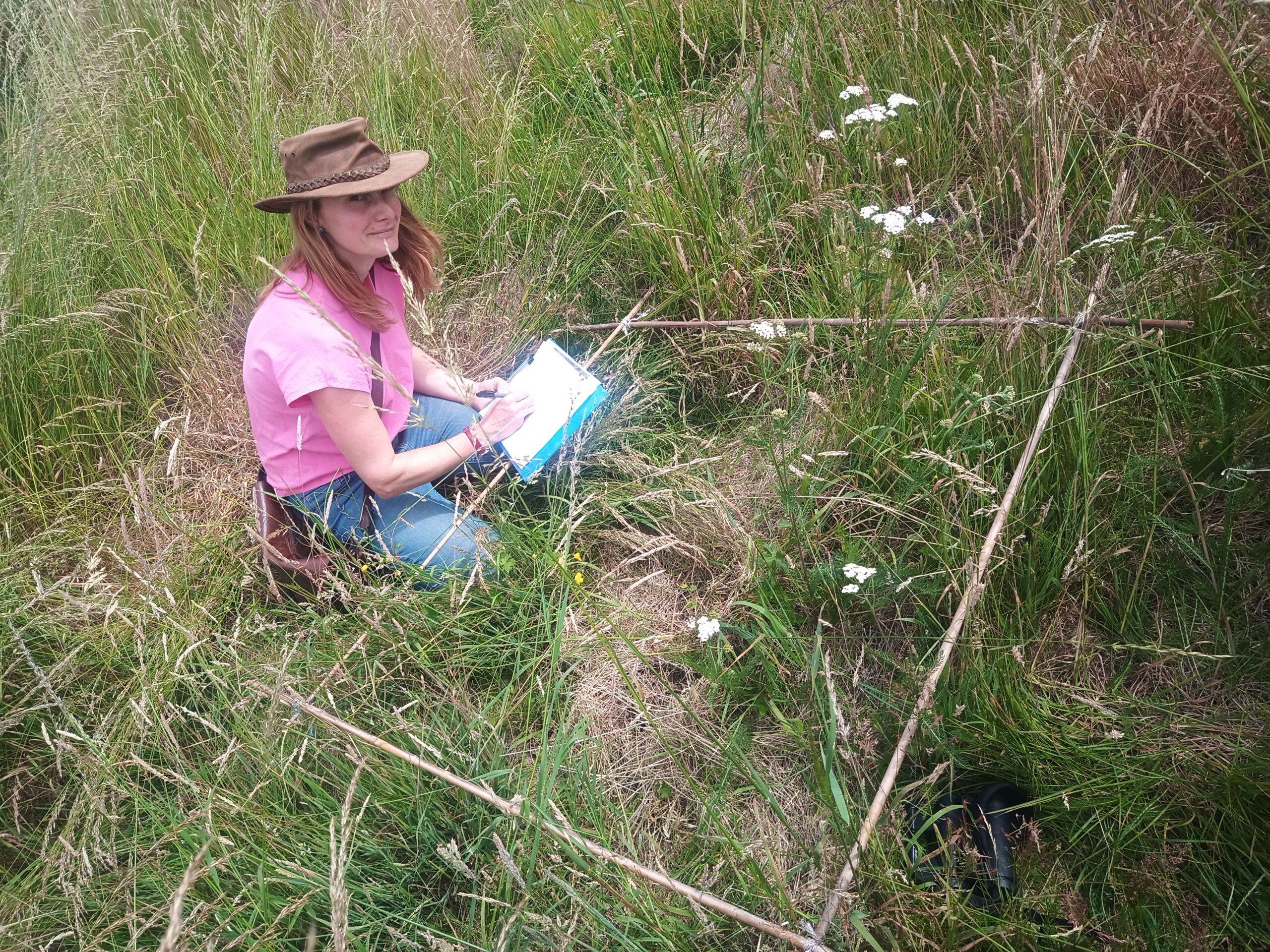
Survey Type and Method
Survey Type: A Rapid Grassland Assessment (As recommended by Plantlife)
- We can assess grassland condition and monitor the restoration and creation progress.
- Its suitable for fields.
- Suitable for detecting short and long term changes.
- There is an existing protocol with template recording sheet with a species list which can be added to make it a bespoke survey.
Method:
- The template recording sheet was amended to make it site specific, ie adding on the list of plants that were identified in 2021 in the Outback but not formally surveyed.
- 15- 18 Sample points using 1m sq quadrants – time dependant. 5-6 no in the NE / NW / SE sections of the Outback.
- Grid method given the shape of the field and to a capture boundary. Grid locations to be located approximately on a plan.
- Analysis of indicator species
- Used to measure environmental conditions to find out if grasslands are in a good or poor state and measure change.
- They are divided into positive and negative indicators.
- Identifying ecological variables that indicate site condition
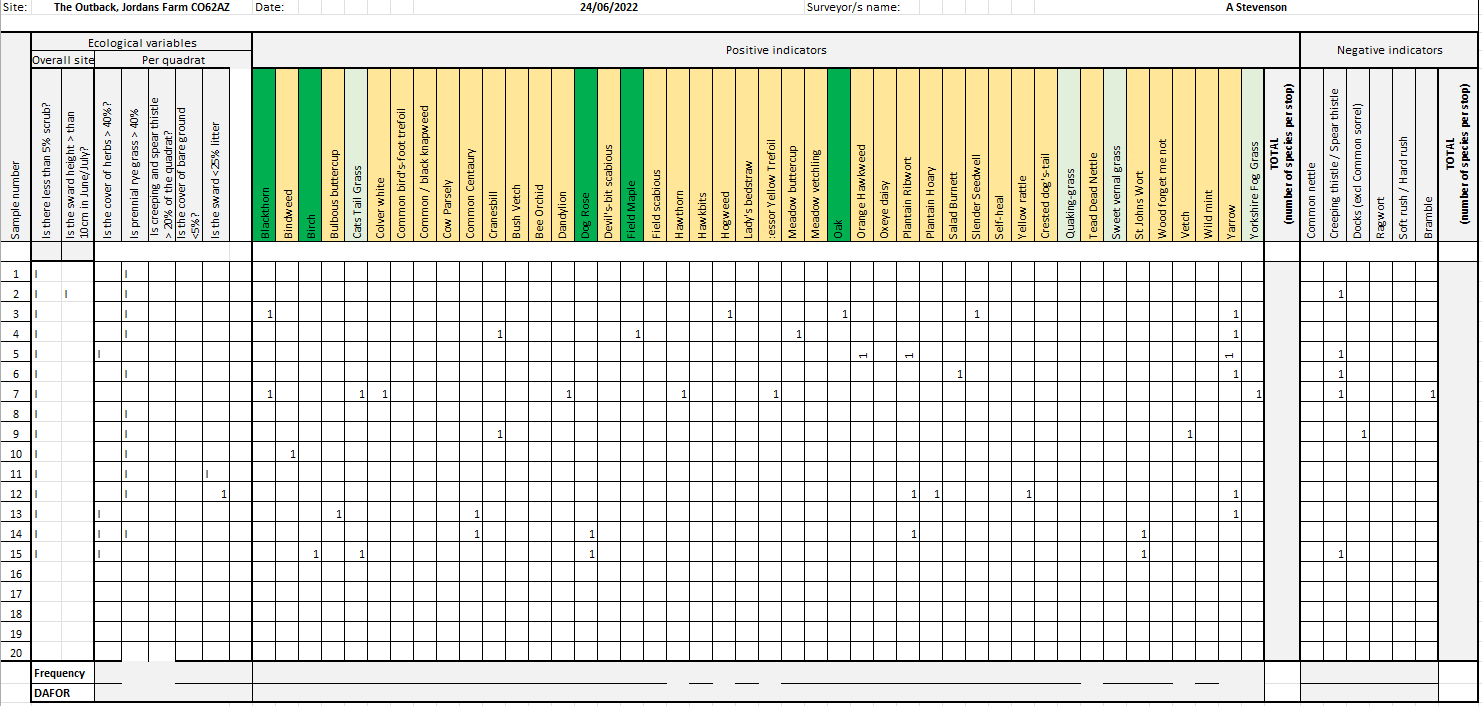
Survey Results 2023
15/06/22
21 positive indicator species were recorded including some shrubs and trees and 2 negative indicator species. Of the 15 sample points most of the plants were rye grass, a legacy of its use as permanent pasture. The biodiversity and incidence of wildflowers is improving, especially in the N/E corner. Spring and later flowering plants could not be recorded in this survey, 2 Weeks later and Chicory was found in adjacent to a pond.

Survey Results 2022
24/06/22
19 positive indicator species were recorded including some shrubs and trees and 2 negative indicator species. Of the 15 sample points the vast majority of the plants were rye grass, a legacy of its use as permanent pasture. Spring and later flowering plants could not be recorded in this survey
